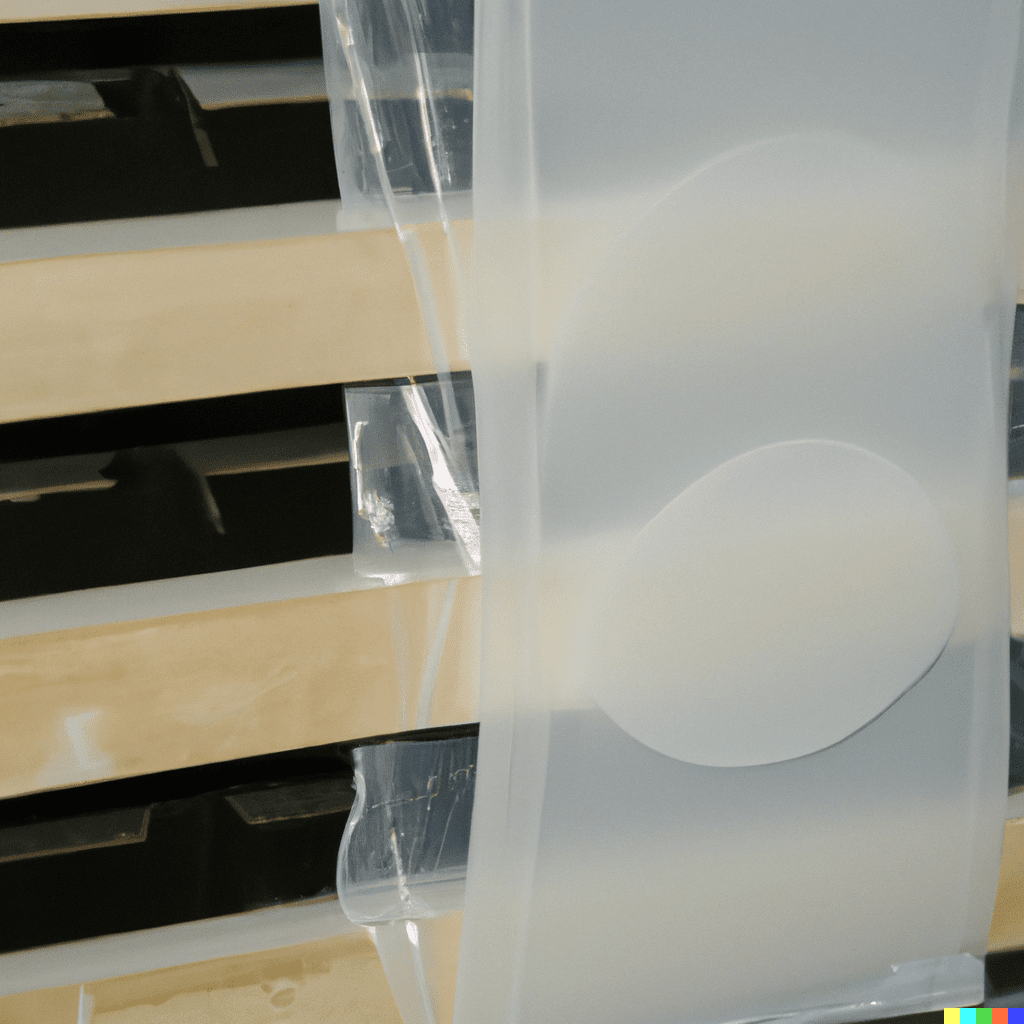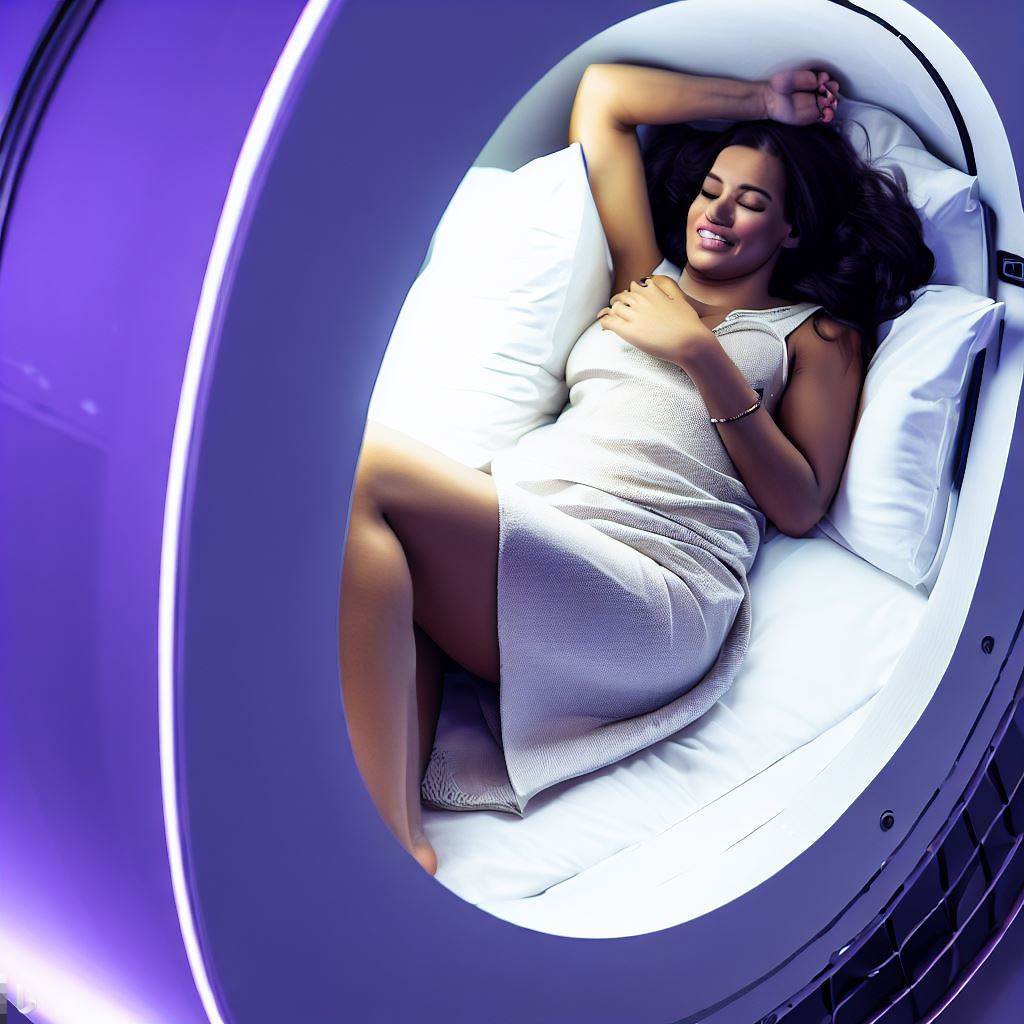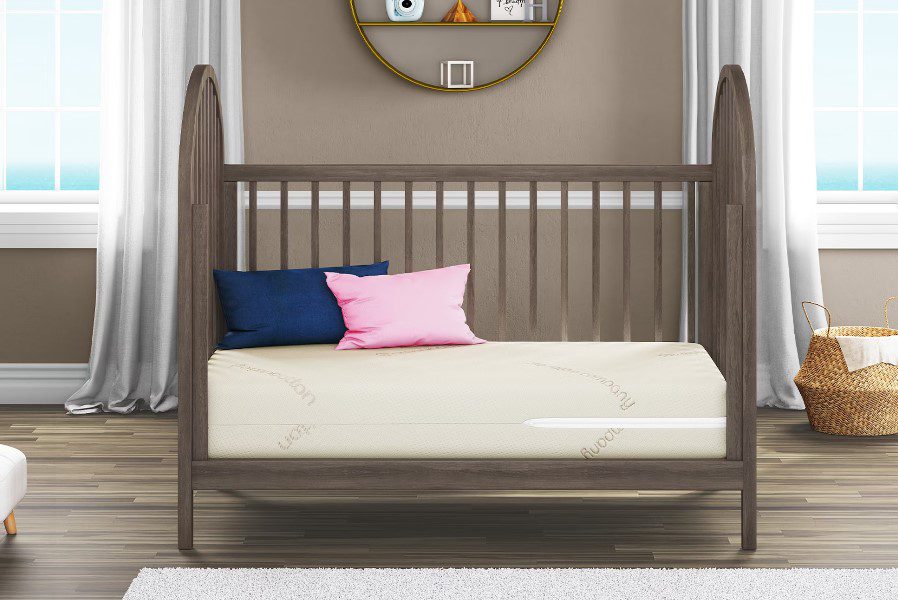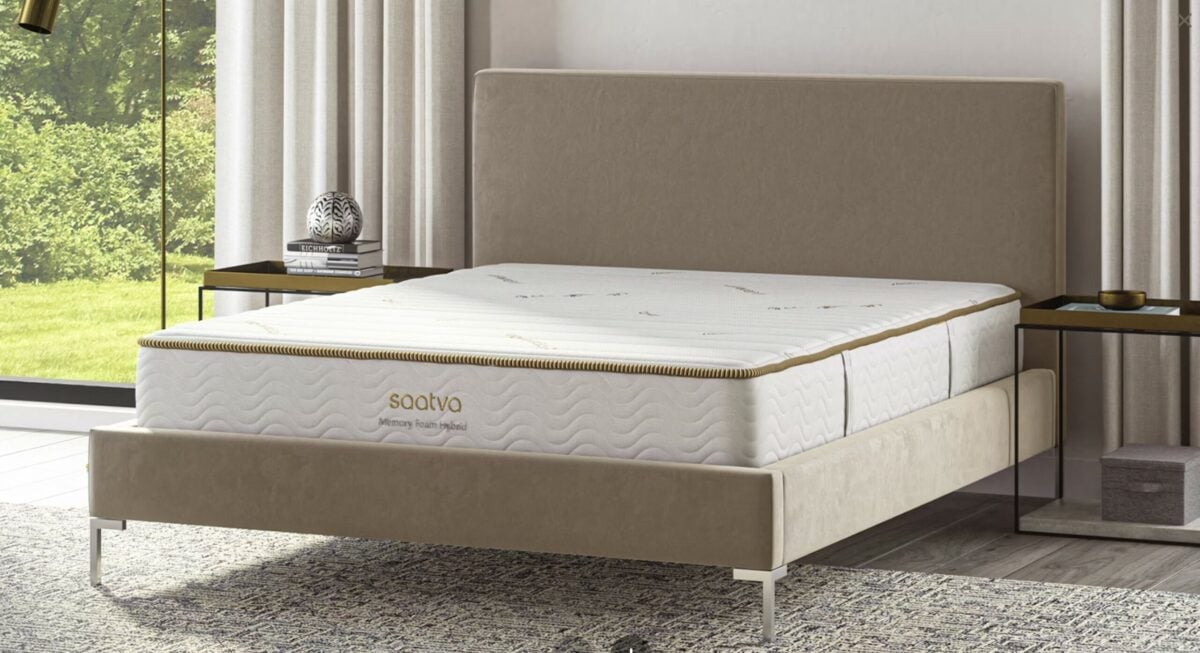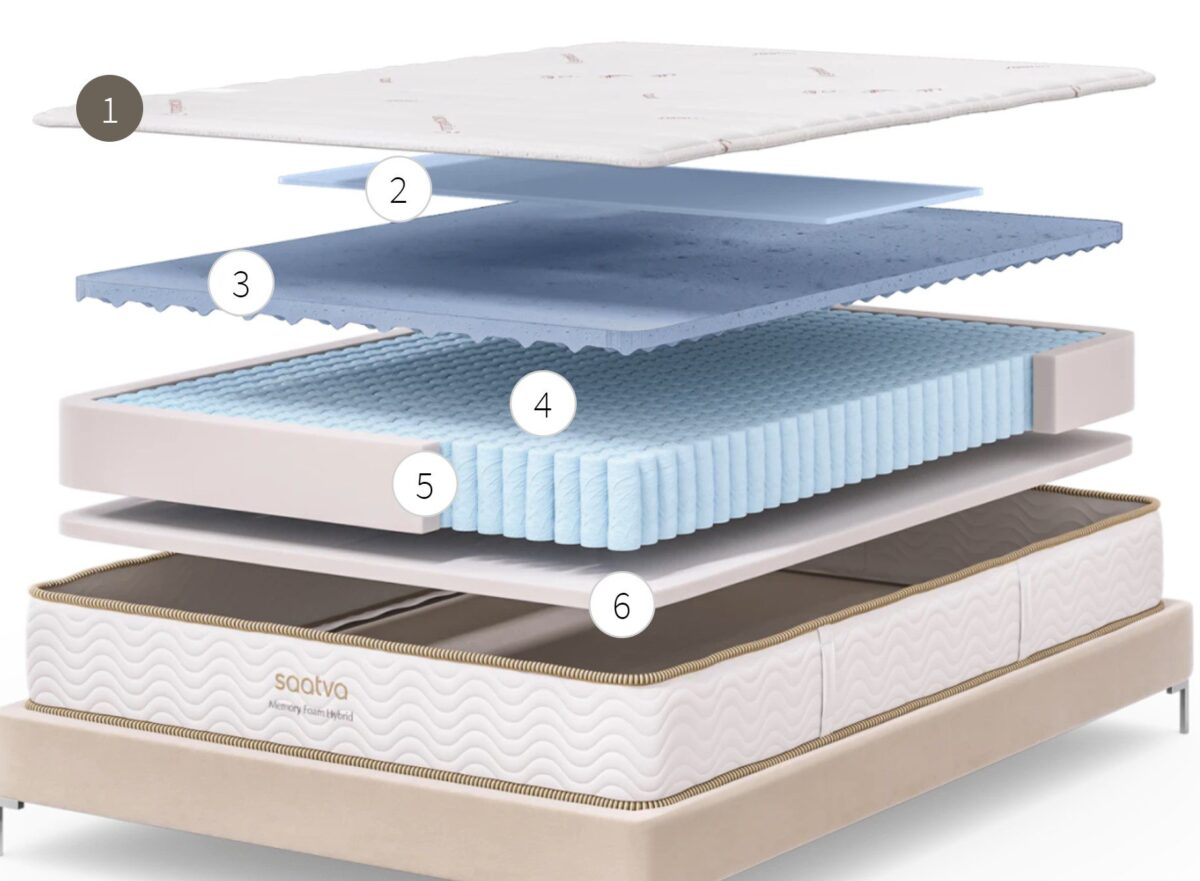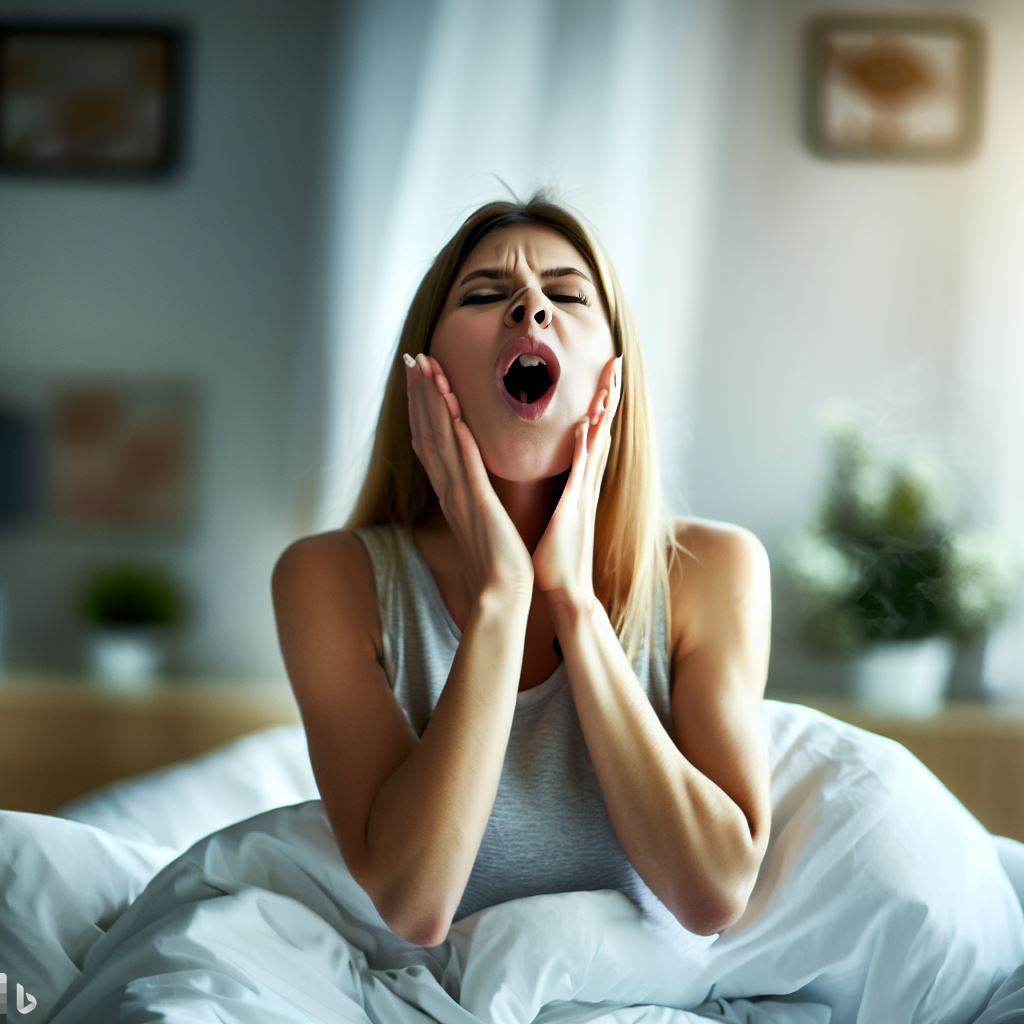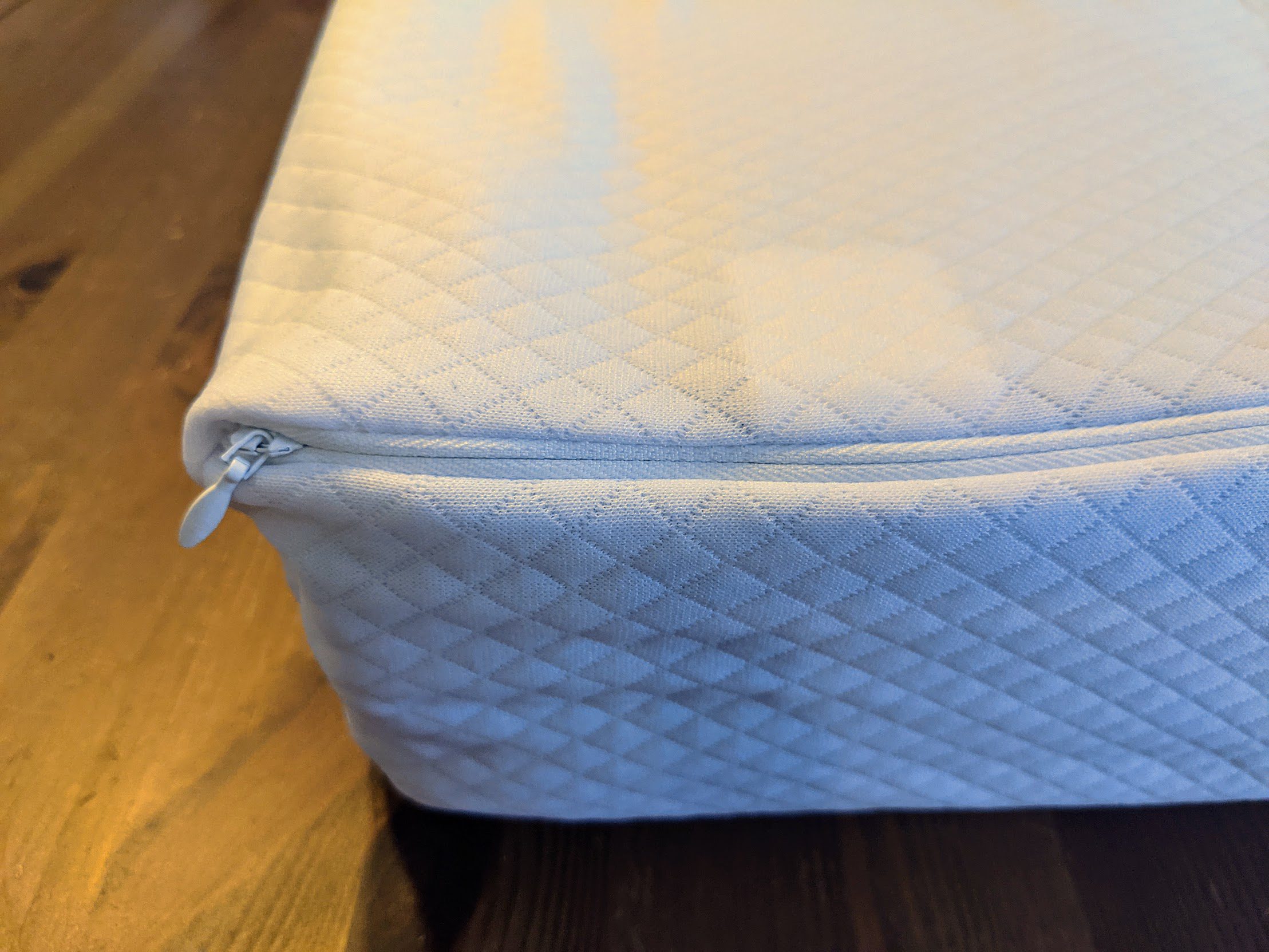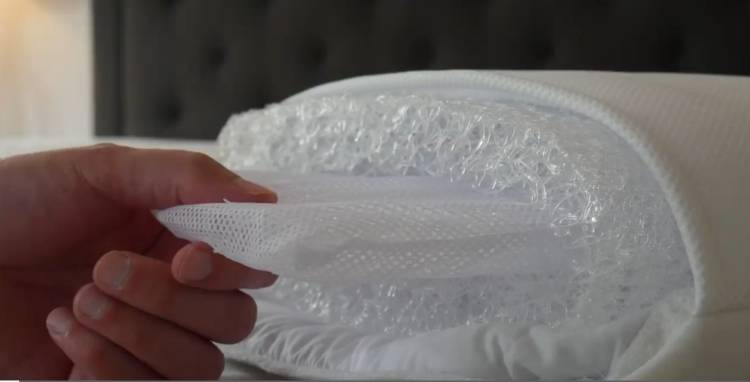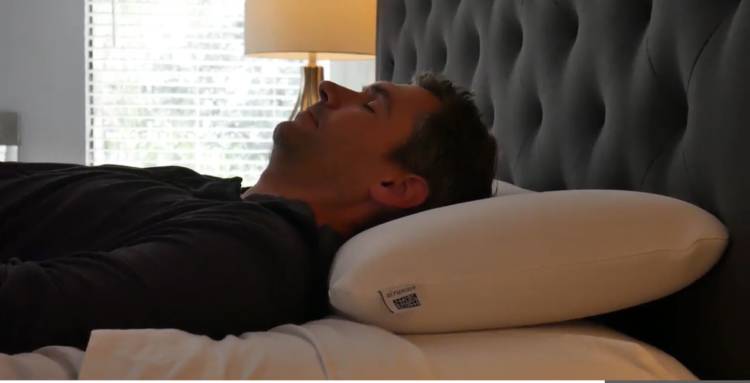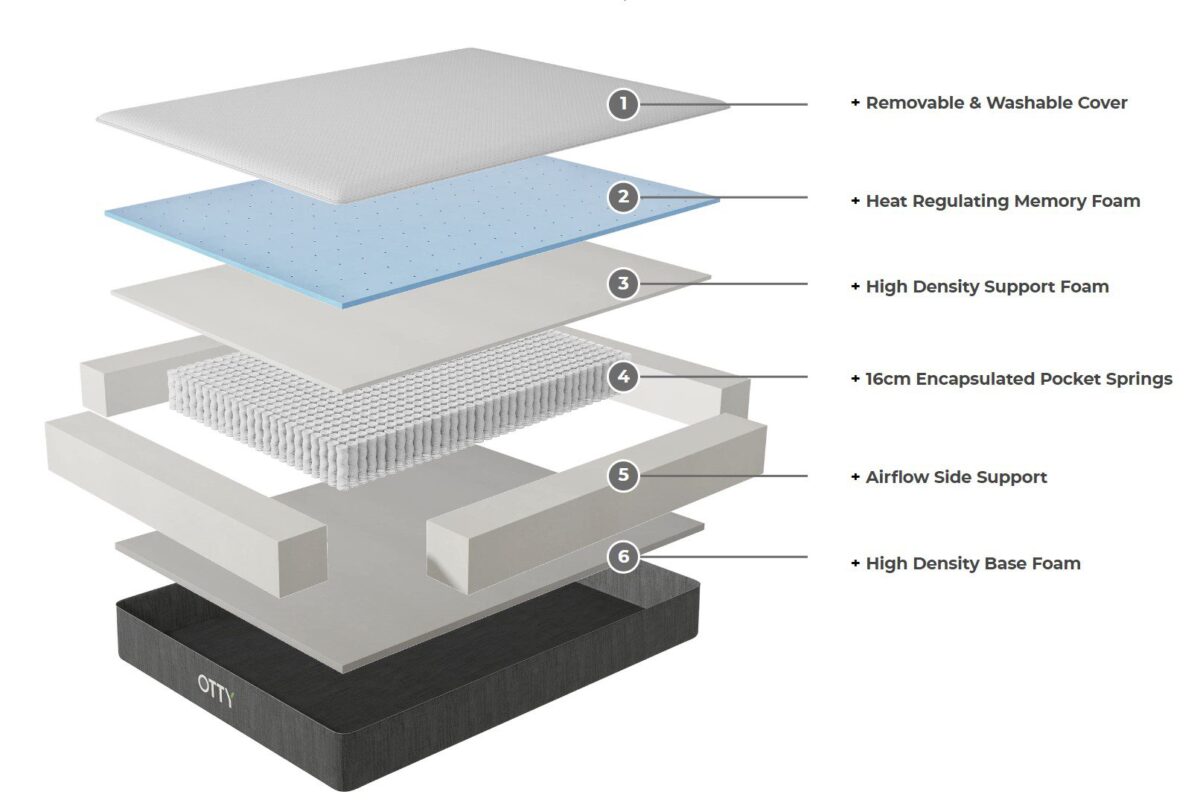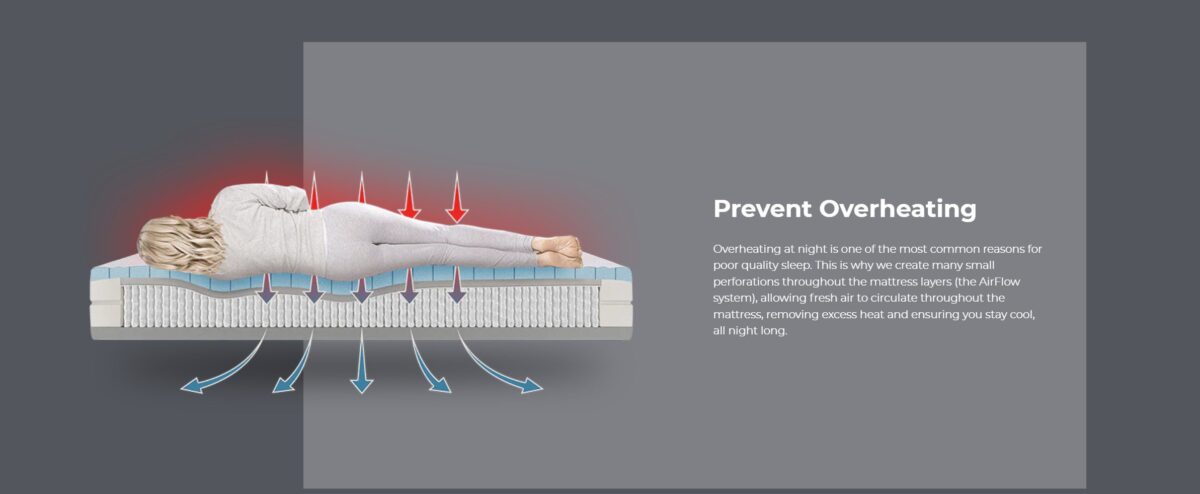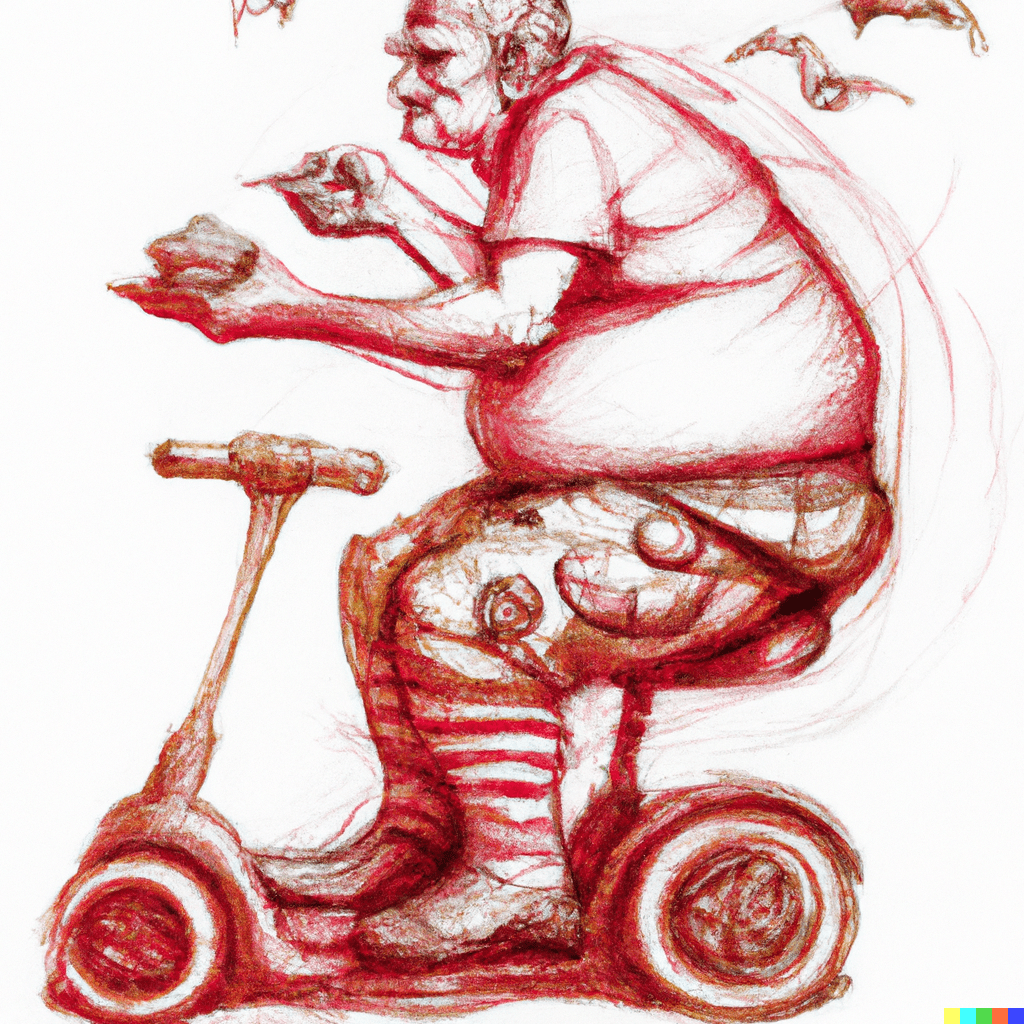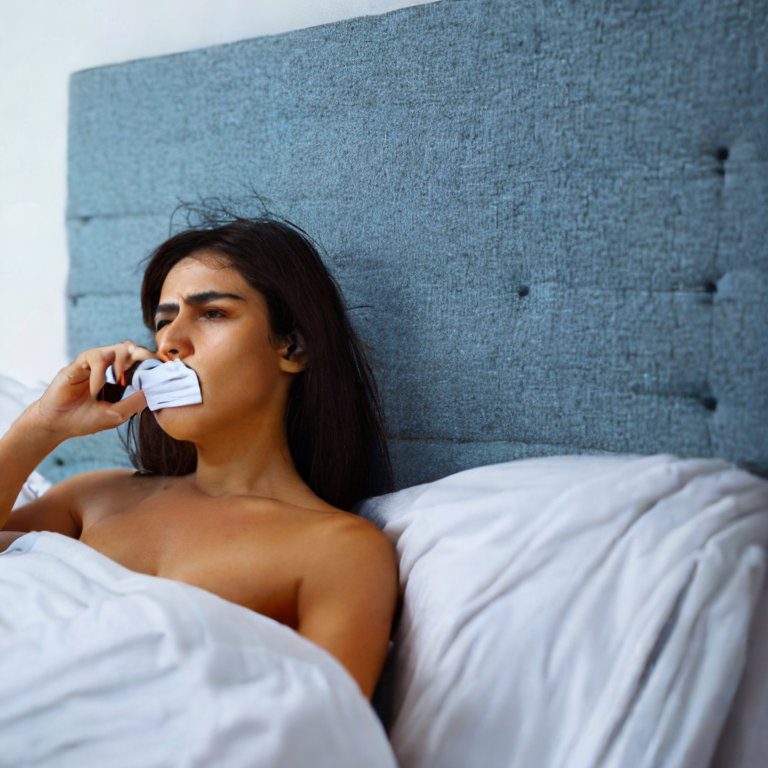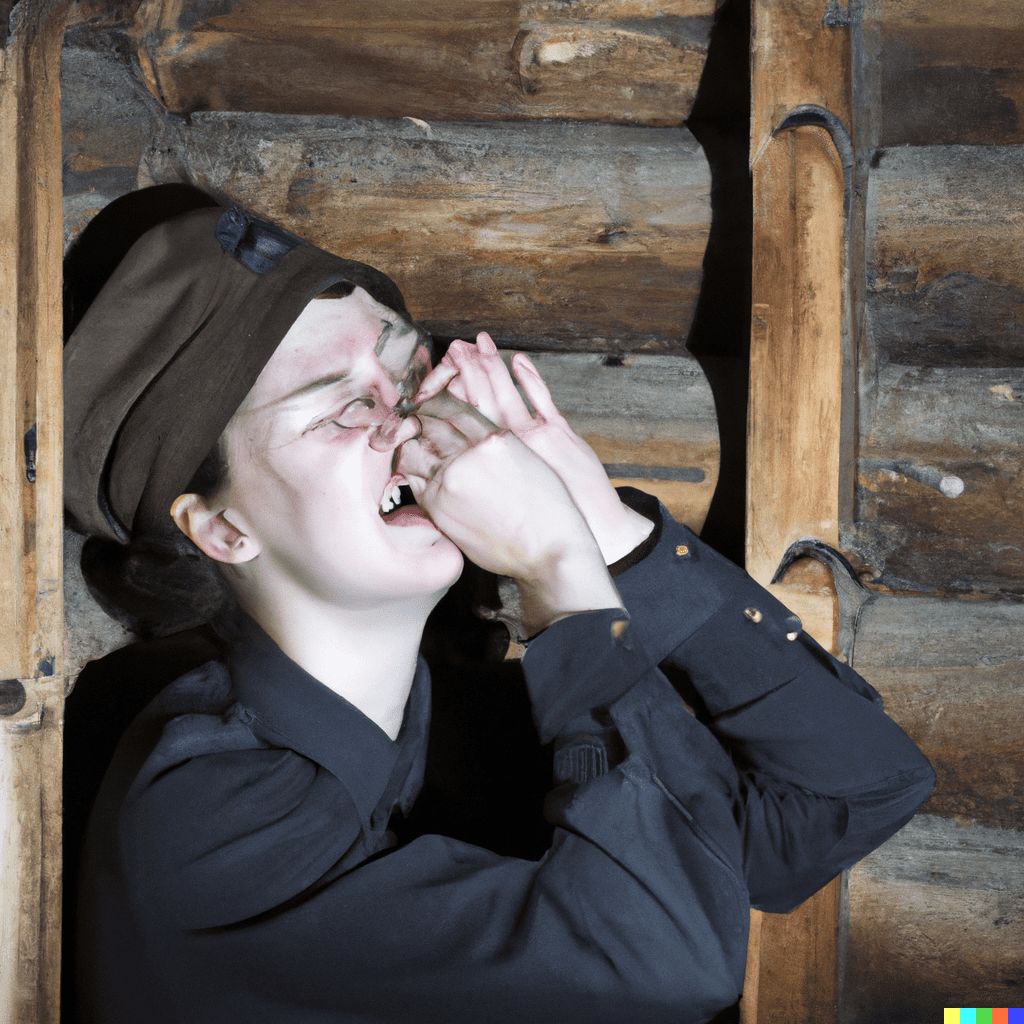
[Tagline]
We know that sleep is a vital requirement for us. We also know the effects of going without sleep for a few days. But what would happen if someone went without sleep for a whole month? No, we are not talking about sleeping for two or three hours a day. We are talking about remaining wide awake for a month.
Any sane person would have the same response: it isn’t possible to remain awake for 30 days. When we are sleepy, we automatically doze off after some time no matter how hard we try to stay awake. Even someone with chronic insomnia falls asleep at a certain point.
It’s interesting to imagine what would happen if someone were to really go without sleep for that long. It has obviously never happened, but there are several stories on the internet that claim experiments have taken place in the past to find out the effects of long term sleep deprivation. The most famous among them is the Russian Sleep Experiment story.
What is the Russian Sleep Experiment?
What would happen if someone were to go without sleep for nearly 30 days? That’s what a group of researchers set to find out in 1940s Soviet. In this scientific experiment sanctioned by the military, a group of researchers took five political prisoners and locked them for 15 days in a sealed gas chamber. The subjects were continually administered an airborne stimulant for keeping them awake for at least 30 days. They were told that they’d be set free if they could remain awake for 30 days.
For the first few days, everything seemed normal. The subjects continued to talk to each other as well as a whisper to the researchers who kept monitoring them from outside the chamber. The conversations were electronically monitored while their behavior was monitored with the help of secret two-way mirrors.
It was from the fifth day that things began to change. The prisoners started to show signs of stress and paranoia. They stopped talking to one another and only whispered into the microphone sometimes. From the ninth day, things became worse. Two of the inmates started to run around the chamber and scream so hard that their vocal cords could break.
The screaming, however, stopped suddenly, and then there was eerie silence. The researchers feared the worst and announced their decision to open the chamber. But they heard a voice from inside that said they no longer wanted to be free.
On the fifteenth day, the chamber was opened, but the results were horrific. One of the prisoners was dead. All of them were severely mutilated, with their flesh torn off and abdomens ripped open. They also seemed to have eaten their own flesh.
They refused to leave the chamber and fought back with a force and aggression they did not have before being put in the chamber. They were almost superhuman in their power and even tore off their muscles and bones during the struggle to resist being removed from the chamber and anesthetized. When they were asked why they had done that to themselves, each of them gave the same response: “I must remain awake.”
Even after being removed from the chamber, the surviving prisoners continued to show extreme strength, incredible resistance to drugs and sedatives, unimaginable ability to remain alive even after lethal injuries, and a desperate desire to remain awake and being given the stimulant gas again. The researchers also discovered that when any subject fell asleep, they instantly died.
With two of the subjects were dead, the surviving three were treated for their injuries and prepared to return to the gas chamber. However, within moments, the EEG monitors revealed that all the subjects were brain dead. Just before the chamber was sealed, another prisoner fell asleep and died, while the researcher shot another one dead.
Before shooting the last surviving subject, the researcher asked what he was, to which he identified himself as the evil that resided in every human mind and kept in check by sleep. Soon after, the researcher shot him dead and went about covering up any trace of the experiment.
What Did You Just Read?
To put your minds at ease, here’s the truth: that experiment did not actually take place. Yes, it’s totally made up. But when it first appeared on the internet, it instantly went viral, and people started to debate the authenticity of the story (the debate continues). Part of the reason why it’s so believable is that the military in the Soviet era was known to be inhuman and conducted various experiments in secret. This one, however, wasn’t one of them.
The Russian sleep experiment is an internet horror story that first appeared on a Wiki page in 2010. The author is unknown, but their username was Orange Soda.

Such horror stories and images are called Creepypasta and are meant to scare readers. Creepypastas are short, user-generated content created with the intention to scare people with gruesome stories about death paranormal activities or otherworldly occurrences. The Russian Sleep Experiment is one such Creepypasta, which became so popular that many people believed it to be true. But rest assured nothing of that sort ever took place, not in Russia or anywhere in the world.

Soviet Secret Experiments
Even though this is just a Creepypasta, the Soviet Union was indeed behind a number of secret scientific experiments, beginning from the early 1900s and continuing till the Soviet broke apart in the late 1980s. Most of these experiments were conducted by the Soviet secret services, an intelligence branch of the Soviet military. Not only were they known to be brutal, but they also never hesitated from conducting human experimentation. Some of the most disturbing and unethical human experimentation – way beyond what the US or North Korea could ever imagine – was conducted by the Soviet secret services.
One of the most infamous scientific experiments by the Soviet secret services was the poison laboratory. This was a secret research facility developed by a professor of medicine Ignatii Kazakov and headed by lieutenant general Pavel Sudoplatov. The purpose of this facility was to test various kinds of poisons, developed with the intention of attacking the West. It is believed that the laboratory was activated again in 1991 and is still used to create deadly poisonous biological weapons for secret operations in the West.

Human experimentation was rampant in the laboratory, and the subjects were mostly political prisoners. The goal of these experiments was to find a colorless, odorless poison that could not be detected even after the person died. Most of the victims died instantly. Some of the poisons tested were mustard gas, digitoxin, ricin, curare, and cyanide. The laboratory was also the place where supposed enemies of Russia were brought to be executed with these deadly poisons.
This may not sound as creepy as the Russian sleep experiment, but they were real and terrified even the most powerful nation in the world today, the United States of America. No wonder the US didn’t let the Soviet Union remain unified for too long.
Sleep Deprivation World Record
There are people who went more than a week without sleep, either as part of a competition or for entering the Guinness Book of Records. A high school student from California called Randy Gardner stayed awake for 11 continuous days for entering the Guinness Book of Records. During the 264-day experiment, the young man suffered from foggy memory, poor concentration, dizziness, slurred speech, and even hallucinations and paranoia. He, however, did not exhibit any of the horrifying behaviors of the Russian experiment subjects. After the project was over, he slept for 14 hours at a stretch and woke up feeling normal again, without any long-lasting consequences of sleep deprivation. Unfortunately, he could not enter the Guinness Book of Records because he missed the submission deadline. This was back in 1964.
Guinness removed this category because it did not want to encourage such risky experiments anymore. The record holder for the longest continuous period of wakefulness is Maureen Weston of England who went without sleep for 18 days in 1977 as part of a rocking chair marathon. She didn’t become cannibalistic or tear open her abdomen or eat her own flesh. She still holds the record to this day.
Scientists have been studying the effects of sleep deprivation forever. Whenever we hear about a sleep experiment, we find it believable because sleep is always an interesting subject to scientists and there is still so much; we don’t know about it. However, no one has ever heard of any stimulant gas that can keep a person awake for a month or more. Although the Soviet military was known to have various kinds of gas chambers for torturing prisoners, keeping them awake for days at a stretch was not a method they used.
Effects of Sleep Deprivation
Going without sleep for days at a stretch can lead to various health problems, but it can never turn anyone into a cannibal. There are effects of sleep deprivation, but they are subtle and take time to show. Everyone is aware of the importance of a good night’s sleep. After a long hard day at work, we want nothing more than to go home and get to bed. If we do not get enough sleep at night, we feel groggy, grumpy, tired and excessively sleepy during the day. These are the obvious effects of sleep deprivation. When these obvious signs of sleep deprivation are not taken into consideration, they can lead to more serious consequences.
Our body is like a machine. It needs a few hours of rest every night. Otherwise, it can suffer from a breakdown. When we go without enough sleep for a long time, our bodily functions suffer. Sleep deprivation can also lead to various kinds of accidents, as is evident from the rising number of car accidents. sleep deprivation is as dangerous as drunk driving. Lack of sleep can also cause accidents in factory settings with hazardous machinery. Even the Chernobyl disaster is believed to have been caused because of sleep deprivation.
There can be several reasons behind sleep deprivation. One of the biggest reasons is unhealthy lifestyles and hectic schedules. Professional competition is stiff these days, and people resort to any means to fulfill their ambitions, even if that means getting only two hours of sleep every night. Sleep has indeed become secondary to many people. Instead of sleeping, these people prefer to work. While this may help achieve career and professional goals for a short while, the effects of sleep deprivation will soon catch up.
Sleep disorders such as insomnia can also cause chronic sleep deprivation. A lot of people tend to assume that insomnia will go away on its own. But insomnia is a serious sleep disorder that requires proper diagnosis and treatment. Insomnia can also be the result of respiratory disorders like sleep apnea, where the throat muscles relax and block the upper airway, causing obstructed breathing.
If the lack of sleep is a result of a sleep disorder, then the good news is that there are treatments for almost all sleep disorders. However, if it is because of an unhealthy lifestyle, then the person needs to make healthy improvements to his way of living.
Chronic sleep deprivation affects our bodily functions in various ways. Some of them are:
Appetite and Weight Gain: Continuous lack of sleep is a big reason behind an improper appetite and unhealthy weight gain. Our appetite is controlled by two hormones called leptin and ghrelin. Leptin suppresses appetite while ghrelin increases appetite. Lack of sleep causes hormonal imbalance, suppressing the production of leptin and increasing the production of ghrelin. This leads to an unhealthy increase in appetite and weight gain. Most people tend to think that lack of sleep will lead to weight loss. However, what happens is the opposite. The longer you live with sleep deprivation, the higher your weight rises, thanks to the imbalances in the hormones that control your appetite.
Poor cognitive functioning: Lack of sleep is often responsible for various mishaps, errors, and accidents. This is because without enough sleep our brains fail to remain alert and sharp. While we sleep at night, our brains repair and recharge and consolidate what it learned and experienced through the day. That’s how memories are formed (remember the movie Inside Out?) When we don’t sleep enough, our brains don’t get enough time to repair and recharge or make memories. Therefore, we end up with a foggy memory and poor concentration when we are sleep deprived. When this goes on for a long time, we dumb down and don’t function as efficiently as we should.
Risk of serious health conditions: Sleep deprivation increases the risk of various serious health conditions like diabetes, heart attack and failure, stroke, kidney disorders, hypertension, and depression. Chronic lack of sleep also kills sex drive and makes it hard to conceive a baby. If a person goes a long time without enough sleep, their immunity also gets weakened.
Moral of the Story
Sleep deprivation causes several health disorders; some are obvious while others are subtle and long-term. However, it does not cause any of the behaviors depicting in the Russian Sleep Experiment. But that doesn’t mean you should attempt to go without enough sleep for a long time. Proper sleep is as necessary as food and fresh air, and every adult should get at least seven hours of sleep every night. A healthy lifestyle, the right diet, and a relaxed mind are the three most important factors responsible for healthy sleep quality.
If you want to read the fictional account of the Russian Sleep Experiment you can buy the book on Amazon.



